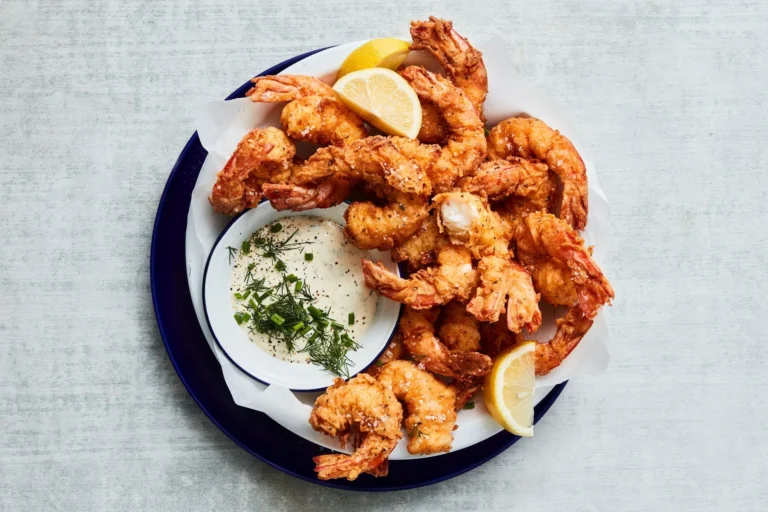Meat Dishes A Bold New Way to Experience Culinary Diversity and Connection
Meat dishes connect with local ingredients, mindful eating, and sustainable dining in diverse settings, from upscale restaurants to cozy farm cafes.
Connecting with Food and Dishes:
The idea of “connecting with food and dishes” highlights the significance of getting to know our food on a more personal level. It encourages people to value the ingredients and the people who made them in addition to the tastes and textures of their food. Diners are encouraged to acknowledge the labor-intensive efforts of farmers and producers by comprehending the food’s journey from farm to table. By connecting us to the tales, customs, and cultural importance associated with the food on our plates, this connection cultivates mindfulness in eating and a sense of respect for the food we eat.
Focus on Authenticity, Sustainability, and Transparency:
“Meat dishes ” can be enjoyed by many types of diners, from high-end places to cosy farm coffee shop. No matter the setting, the main focus is on offering an original and relevant dining experience.

From Fancy Restaurants to Farm Cafes:
“Meat dishes” is served in a variety of settings, including upscale eateries and quaint farm cafes. Providing a genuine and meaningful dining experience is the main goal, regardless of the environment.
The Story Behind the Dish:
The presentation of dishes is also influenced by this tendency. The manner that food is served enters into the narrative, with shared tables promoting conversation and a cozy, friendly ambiance. Wooden tables and benches, together with other rustic table accents, contribute to a laid-back, familial vibe.
Global Meat Matrix: A Cultural Compass for Conscious Carnivores
1. The Ethical Butcher’s Code
-
Heritage Breeds: Seek out Navajo-Churro lamb or Mangalitsa pork for superior flavor and genetic diversity
-
Pasture Math: Look for “3-30-300″ farms (3” grass height, 30-day pasture rotations, 300 sq ft/animal)
-
Whole Animal Algebra: Master these cuts to reduce waste:
-
Oxtail → Jamaican soup
-
Beef Cheeks → Barbacoa tacos
-
Lamb Neck → Persian abgoosht
-
2. Fire & Flavor: Ancient Cooking Techniques Reborn
3. The Umami Exchange Rate
Boost savoriness sustainably:
-
Koji Aging (Japanese mold) → 300% more glutamates
-
Black Garlic Paste → Fermented depth without additives
-
Mushroom Powder → Blend porcini + shiitake for vegan “meatiness”
4. The Connection Toolkit
-
Farmers Market Script: “What’s your favorite cut to cook at home?”
-
Butcher Decoder: “Dry-aged 45+ days” = concentrated flavor
-
Menu Radar: Watch for “terroir-driven” or “single-origin” descriptors
5. Future Forward Proteins
-
Regenerative Bison (carbon-negative grazing)
-
Invasive Species (wild boar, lionfish – eco-conscious choice)
-
Lab-Grown Hybrids (70% cultured + 30% mushroom mycelium)
Tableware that Connects You to the Dish:
Simple, rustic tableware strengthens the link between the dish and its narrative. Because the plates and bowls are meant to be shared, it’s simpler to try a variety of foods and enjoy them with others. The concept of heritage and workmanship is further emphasized by regional crafts and décor. You must try meat dishes like Spicy mutton fry Cheap and delicious crab sticks.
Related Food Trends:
The “Meat dishes” movement is associated with the ideas of “nose-to-tail” and “farm-to-table”. “Farm-to-table” refers to the practice of sourcing food directly from neighboring farms, guaranteeing its freshness. Using every portion of an animal in the kitchen to cut down on waste and foster appreciation for the components is known as “nose-to-tail” cooking. If you are looking for delicious meat dishes then must try delicious and mouthwatering mutton chops and resurant type mutton korma.
Concept Examples:
- Garden of Exoticism: A vibrant platter of sashimi, fried fish skin, and other delicacies presented on white porcelain in the Nordic style. Sleek silverware and elegant wine glasses allow the cuisine to truly shine.
- Purely Fresh dish that combines a rustic, homey feel with contemporary white plates and highlights locally sourced, fresh ingredients in a beef tartare and celeriac steak.
- Beautiful Set: A vegan duck breast cooked with celery root, served on a chic bone china dish with exquisite crystal and unusual silverware.
- Savoring mindfully: Served on retro-style dishes with silver flatware, vineyard snails with herb butter honouring local fare.
- Light Food: A dish that has been disassembled to provide a light and airy dining experience. Individual ingredients are arranged on organic-shaped plates with delicate glazes in earth tones.
Conclusion:
“Meat dishes” is a novel and significant dining experience that transcends simple consumption. It’s about developing a close relationship with the ingredients, the producers, and the narratives that accompany each dish. This style creates a distinctive experience that can be enjoyed in both upscale restaurants and quaint farm cafes by promoting authenticity, sustainability, and transparency.
“Meat dishes” encourages guests to appreciate the food they eat and the workmanship involved in its development by emphasizing mindful eating and respect for local products. Along with kindred movements like “nose-to-tail” and “farm-to-table,” this movement promotes a greater understanding of the influence of our dietary decisions.
FAQs:
What is beef in food?
Beef is meat from cattle, rich in protein, iron, and essential vitamins. It is commonly used in various cuisines, from steaks to stews.
What needs does food meet?
Food provides energy, nutrients, and hydration, supporting growth, immune function, and overall health.
What are good pre meet foods?
Good pre-meal foods include lean proteins, whole grains, and vegetables, which provide sustained energy and promote digestion.
What foods help get pregnant?
Foods rich in folic acid, zinc, and healthy fats, such as leafy greens, eggs, and avocados, support fertility and reproductive health.







